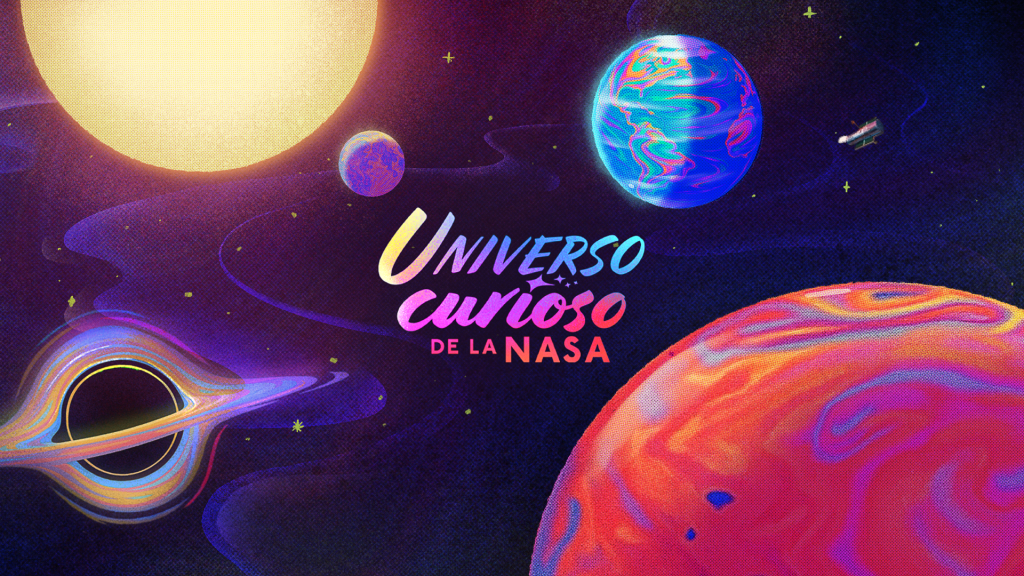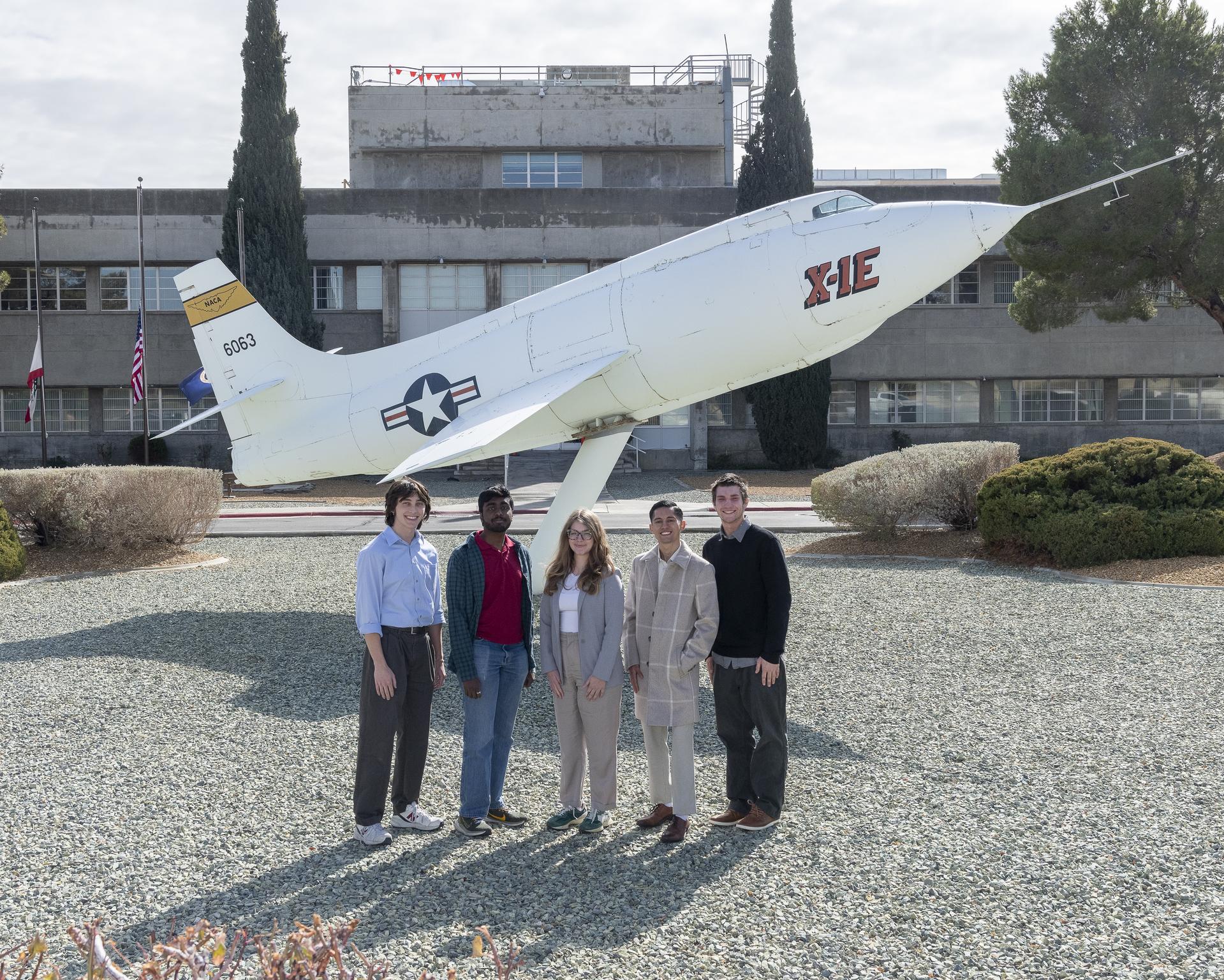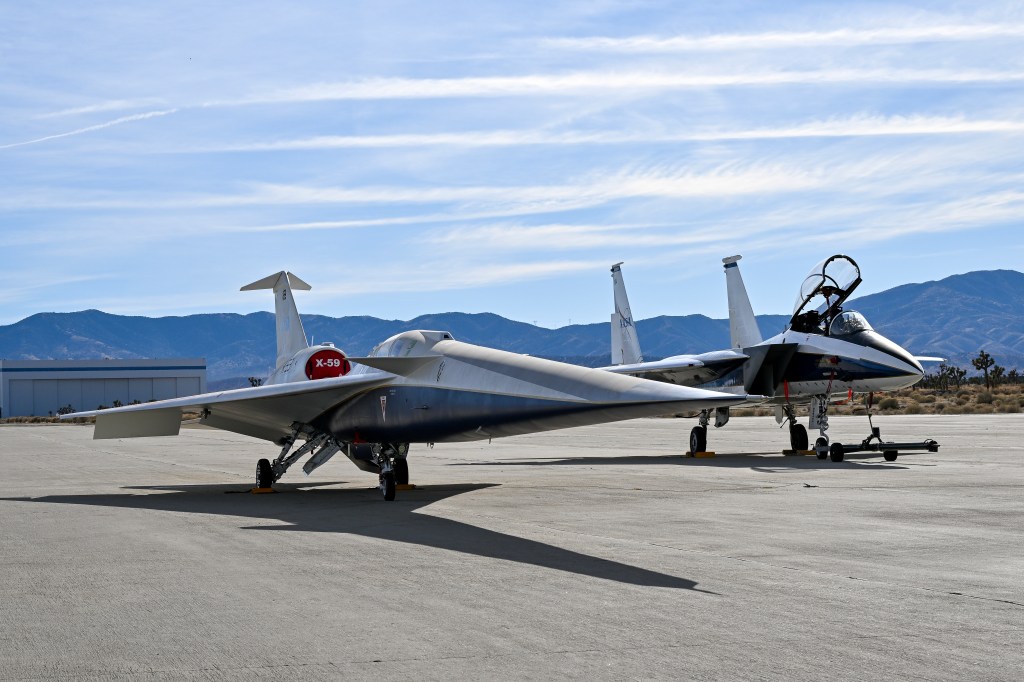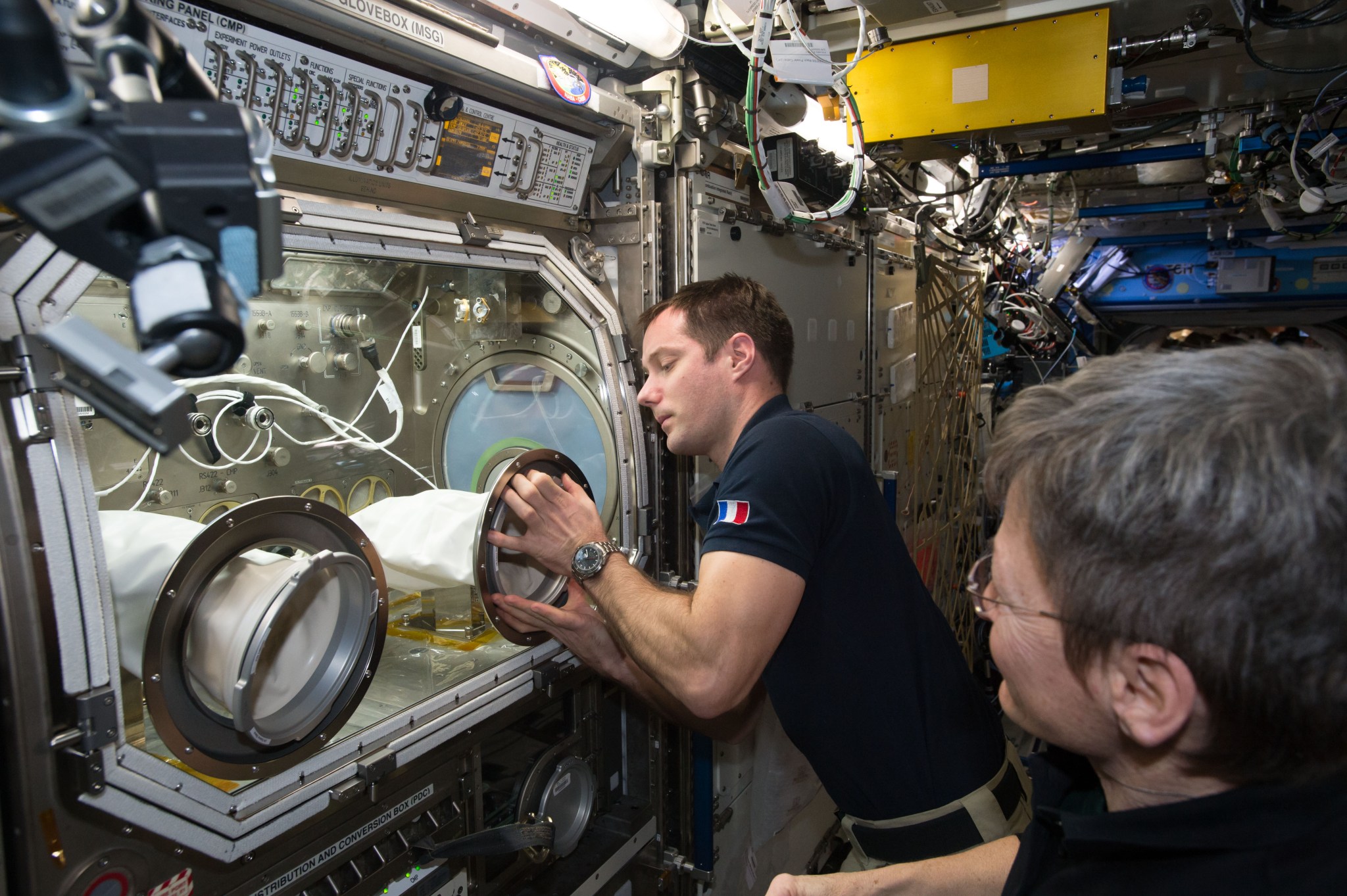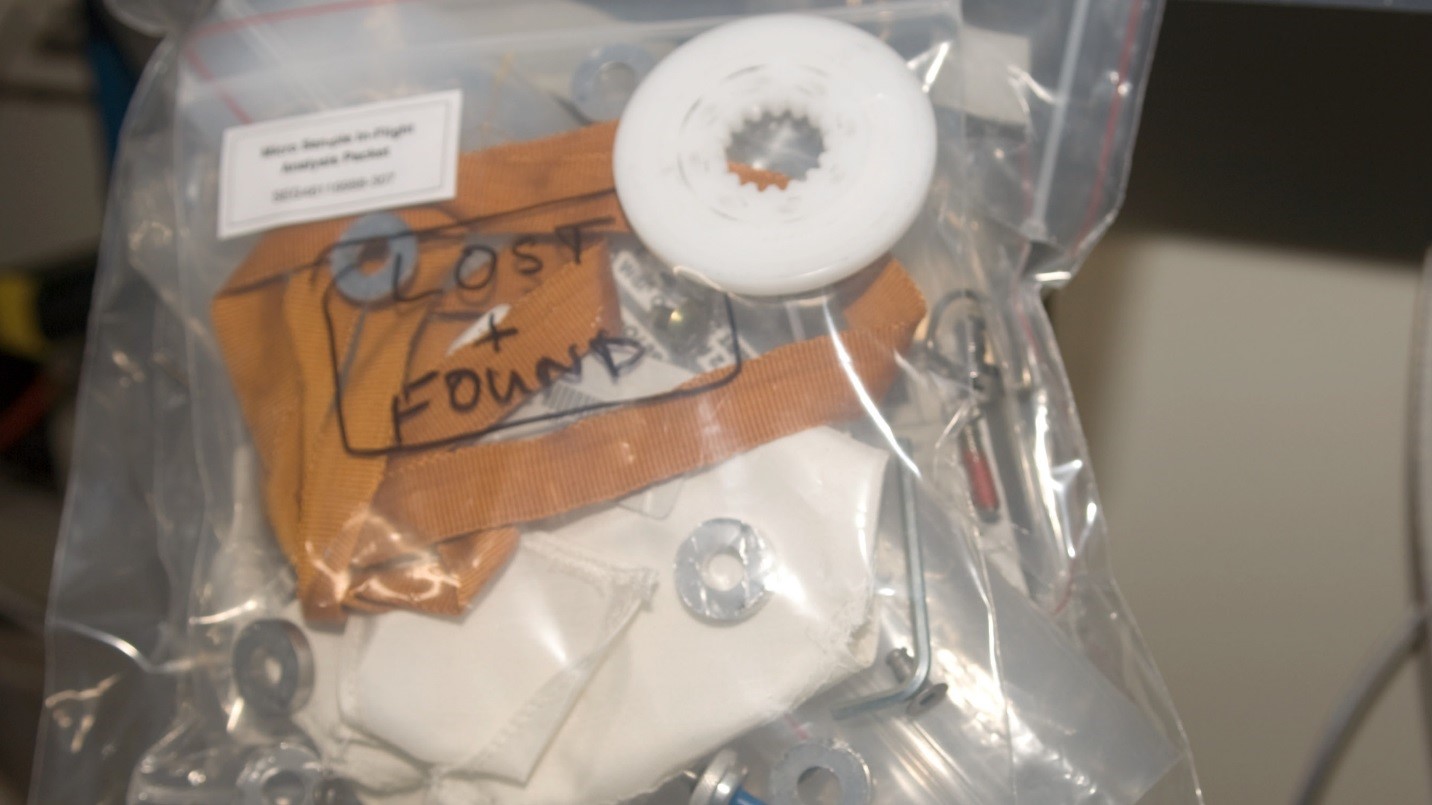In This Week’s Star
- NASA Kicks off Study to Add Crew to First Flight of Orion, SLS as Progress Continues to Send Humans to Deep Space
- A Rainbow View of NASA’s RS-25 Engine Test
- Additional Crew Flights Boost Space Station Science and Research
- Flight Hardware for NASA’s Space Launch System on Its Way to Cape
- NASA Astronaut Jeff Williams Visits Marshall Workforce
- From Tools to Trash: Marshall’s Payload Stowage Team Tracks It
- Marshall Deputy Director Jody Singer Encourages Next Generation to ‘Dream Big’
- Marshall Small Business Alliance Meeting Attracts Hundreds for Updates on Programs, Opportunities
- Marshall Spotlights Partnership Programs with Historically Black Colleges, Minority Serving Institutions
- Marshall Introduces First Electric Vehicle Charging
- This Week in NASA History: Fourth Hubble Servicing Mission Launches — March 1, 2002
- SLS Testing Featured on ‘This Week @NASA’
- Obituaries
NASA Kicks off Study to Add Crew to First Flight of Orion, SLS as Progress Continues to Send Humans to Deep Space
NASA is assessing the feasibility of adding a crew to the first integrated flight of the agency’s Space Launch System rocket and Orion spacecraft, Exploration Mission-1. NASA is building new deep-space capabilities to take humans farther into the solar system than we have ever traveled, and ultimately to Mars.
Acting Administrator Robert Lightfoot announced Feb. 15 that he had asked William Gerstenmaier, associate administrator for NASA’s Human Exploration and Operations Mission Directorate in Washington, to conduct the study, and it is now underway. NASA expects it to be completed in early spring.

The assessment will review the technical feasibility, risks, benefits, additional work required, resources needed and any associated schedule impacts to add crew to the first mission.
“Our priority is to ensure the safe and effective execution of all our planned exploration missions with the Orion spacecraft and Space Launch System rocket,” said Gerstenmaier. “This is an assessment and not a decision as the primary mission for EM-1 remains an uncrewed flight test.”
The assessment is evaluating the advantages and disadvantages of this concept with regards to short- and long-term goals of achieving deep-space exploration capabilities for the nation. It will assume launching two crew members in mid-2019, and consider adjustments to the current EM-1 mission profile.
During the first mission of SLS and Orion, NASA plans to send the spacecraft into a distant lunar retrograde orbit, which will require additional propulsion moves, a flyby of the moon and return trajectory burns. The mission is planned as a challenging trajectory to test maneuvers and the environment of space expected on future missions to deep space. If the agency decides to put crew on the first flight, the mission profile for Exploration Mission-2 would likely replace it, which is an approximately eight-day mission with a multi-translunar injection with a free return trajectory.
NASA is investigating hardware changes associated with the system that will be needed if crew are to be added to EM-1. As a starting condition, NASA would maintain the Interim Cryogenic Propulsion stage for the first flight. The agency will also consider moving up the ascent abort test for Orion before the mission.
Regardless of the outcome for the study, the feasibility assessment does not conflict with NASA’s ongoing work schedules for the first two missions. Hardware for the first flight has already started arriving at NASA’s Kennedy Space Center, where the missions will launch from the agency’s historic Pad 39B.
NASA recently completed the installation of the final topmost level in the Vehicle Assembly Building at Kennedy, completing the 10 levels of work platforms, 20 platform halves altogether, that will surround the rocket and the Orion spacecraft and allow access during processing for missions. In the last month, major construction was completed on the largest new SLS structural test stand at NASA’s Marshall Space Flight Center, and engineers are now installing equipment needed to test the rocket’s biggest fuel tank. The stand is critical for ensuring SLS’s liquid hydrogen tank can withstand the extreme forces of launch and ascent on its first flight. In a lab at NASA’s Johnson Space Center, engineers simulated conditions that astronauts in spacesuits would experience when the Orion spacecraft is vibrating during launch on its way to deep-space destinations to assess how well the crew can interact with the displays and controls they will use to monitor Orion’s systems and operate the spacecraft when necessary.
NASA is leveraging the very best the country has to offer on its deep-space exploration plans, and it’s advancing the national economy. The SLS and Orion missions, coupled with record levels of private investment in space, will help put the agency and America in a position to unlock the mysteries of space and to ensure this nation’s world preeminence in exploring the cosmos.
A Rainbow View of NASA’s RS-25 Engine Test
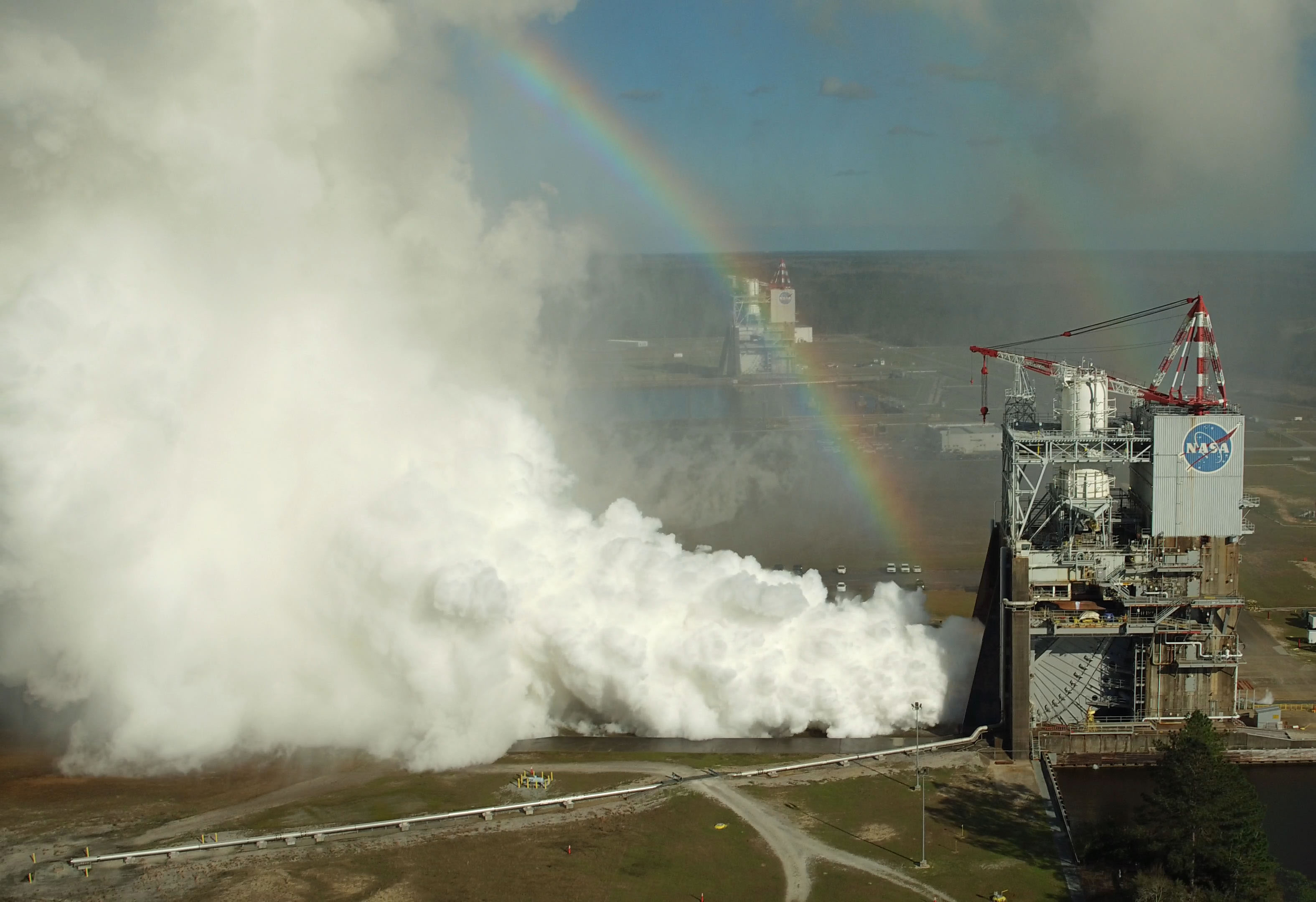
On Feb. 22, NASA engineers successfully conducted the first RS-25 test of 2017 on the A-1 test stand at NASA’s Stennis Space Center. The initial hotfire is part of a series of tests to be performed this year on both development and flight engines for NASA’s new rocket, the Space Launch System. Shown from the viewpoint of an overhead drone, the RS-25 ran the scheduled 380 seconds, allowing engineers to monitor various engine operating conditions. For video of the test click here. (NASA/KSC Unmanned Aerial Systems Team)
Additional Crew Flights Boost Space Station Science and Research
A new agreement to purchase flights from Boeing to the International Space Station on a Soyuz spacecraft allows NASA to increase the amount of time dedicated to scientific research by increasing the crew size on the U.S. segment of the station from three astronauts to four. With the increase of science, it means the flight controllers at NASA Marshall Space Flight Center’s Payload Operations Integration Center — mission control for science on the station — will be managing even more investigations.
“The additional U.S. crew member will give us an approximate 50 percent increase in crew time to do research on station,” said Bobby Watkins, director of Marshall’s Human Exploration Development & Operations Office. “This increase paves the way for science and research discoveries that could enhance our life on Earth and supports our mission to explore deep space.”
The additional flights will take place in 2017 and 2018. The agreement includes an option to be exercised by fall 2017 for additional seats in 2019, which could be used to smooth the transition to U.S. commercial transportation services.
Each time a cargo resupply spacecraft launches from Earth bound for the space station, it carries with it dozens of experiments to complement more than 250 research investigations underway in the U.S. National Lab in microgravity. The investigations hold promise for solutions to biomedical problems on Earth and in space, and they take priority in the packed daily schedule for astronauts aboard the space station.
NASA’s commercial crew transportation providers Boeing and SpaceX have made significant progress toward returning crew launches to the United States, but external review groups have recommended an option to protect for delays or problems in certification. Both Boeing and SpaceX remain obligated under their commercial crew contracts to complete development of their commercial vehicles and to perform NASA missions to the station. NASA already has ordered six missions from each company.
Boeing received the Soyuz flight opportunities and seats as part of a separate agreement with Russian company Energia, which manufactures the Soyuz spacecraft and has the legal rights to sell the seats and associated services.
Taking advantage of the opportunity to fly a fourth crew member beginning this year will allow NASA to introduce new or novel human research, commercial and technology experiments. The increased crew presence has the potential to bolster the commercial space market, prepare NASA for human deep space exploration, including to Mars, and deliver more benefits to Earth.
Flight Hardware for NASA’s Space Launch System on Its Way to Cape
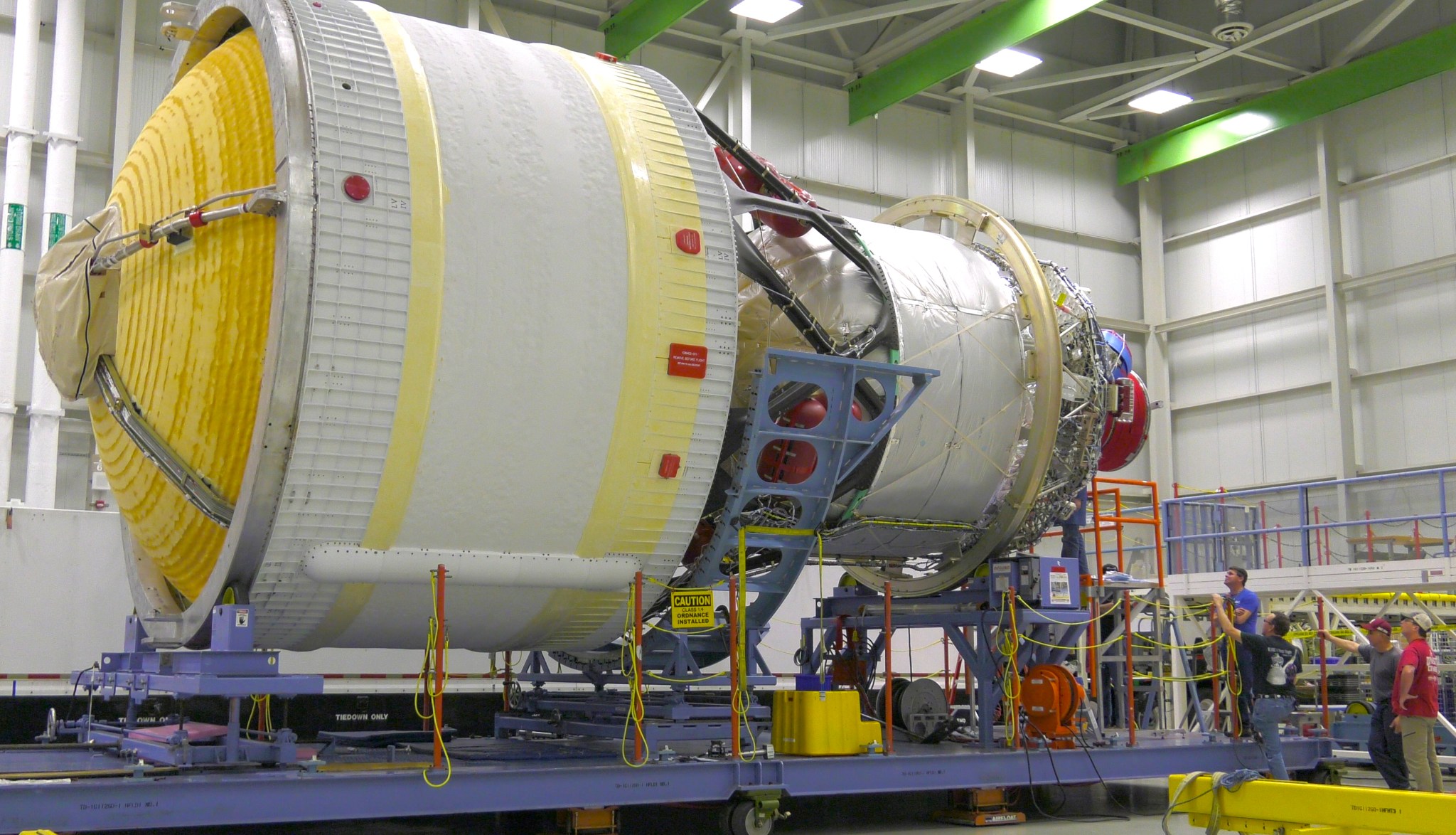
The interim cryogenic propulsion stage for the first flight of NASA’s Space Launch System rocket is on its way by barge to United Launch Alliance’s Delta IV Operation Center at Cape Canaveral Air Force Station. The ICPS is a liquid oxygen/liquid hydrogen-based system that will provide the thrust needed to send the Orion spacecraft and 13 secondary payloads beyond the moon before Orion returns to Earth. It will be the first integrated piece of SLS hardware to arrive at the cape and undergo final processing and testing before being moved to Ground Systems Development Operations at NASA’s Kennedy Space Center. The ICPS was designed and built by ULA in Decatur, Alabama, and The Boeing Co. in Huntsville. When completed, SLS will be the most powerful rocket in the world for deep-space missions. (ULA)
NASA Astronaut Jeff Williams Visits Marshall Workforce
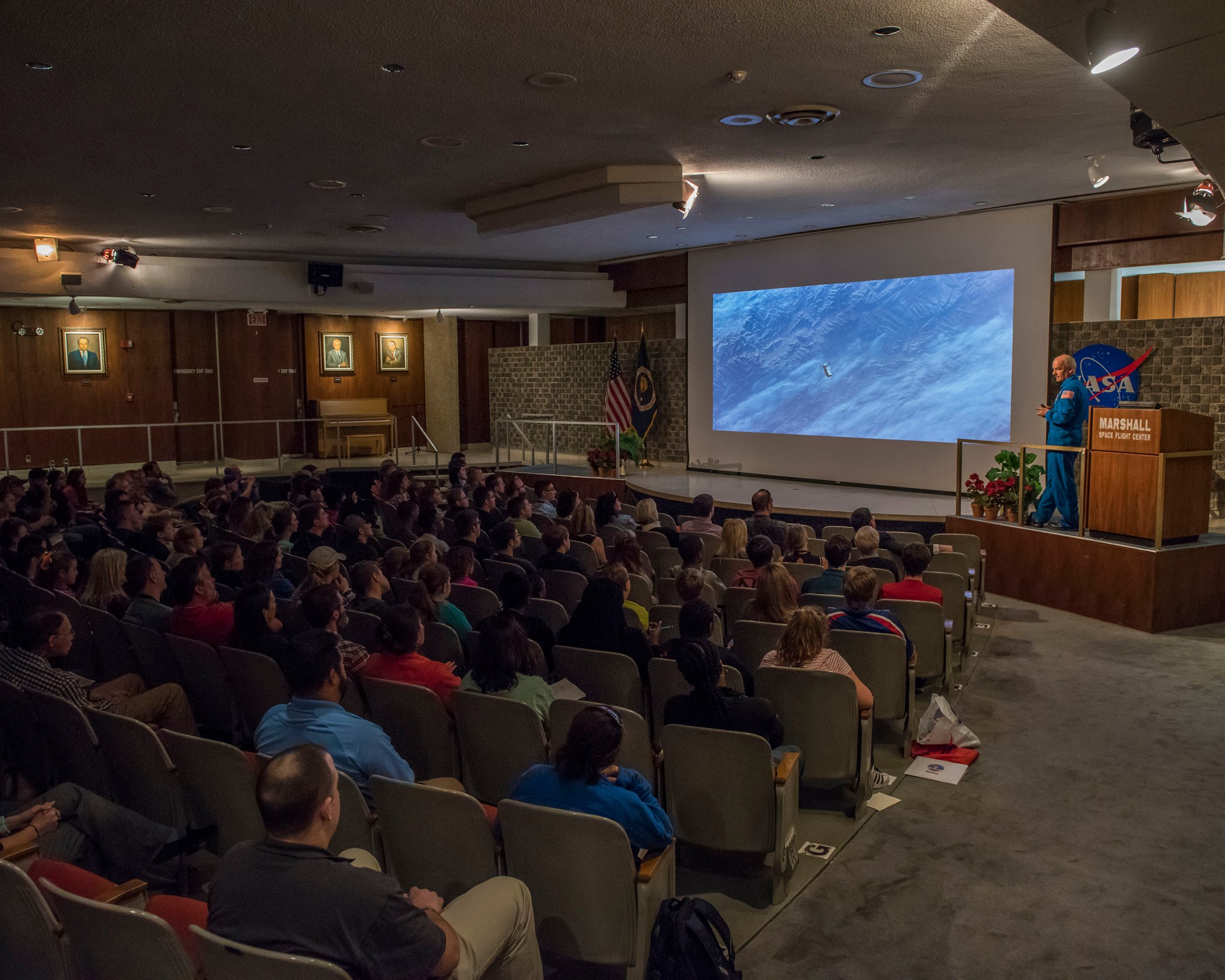
NASA astronaut Jeff Williams presents highlights from his most recent mission to the International Space Station to team members at NASA’s Marshall Space Flight Center Feb. 23. During his mission, Williams set the American record for most cumulative time in space at 534 days, spread over four missions. (NASA/MSFC/Fred Deaton)
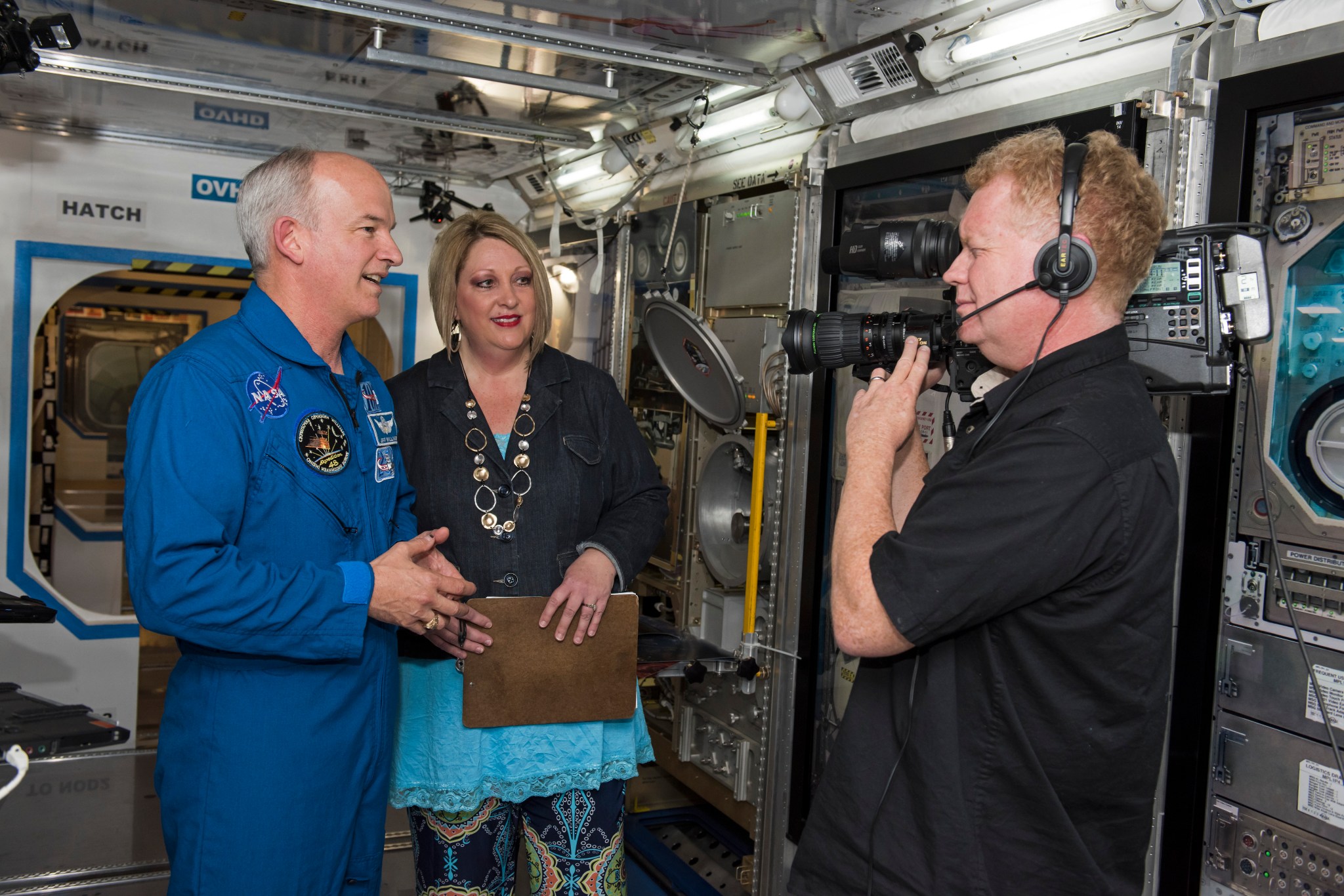
Williams, left, is interviewed by Lori Meggs, center, a communications strategist in Marshall’s Office of Communications, during a Facebook Live on Marshall’s Facebook. More than 200,000 people viewed the event and posted questions for Williams, which ranged from his experiences as a Boy Scout to landing back on Earth at the end of his most recent mission. (NASA/MSFC/Charles Beason)
From Tools to Trash: Marshall’s Payload Stowage Team Tracks It
By Lori Meggs
For many, spring cleaning is an annual ritual and it will be here before we know it. Imagine trying to keep everything organized year-round in a five-bedroom house where everything floats. And that house is moving 17,500 miles per hour, orbiting the Earth 250 miles above us. That’s exactly the job of a small team at NASA’s Marshall Space Flight Center.
The stowage team in NASA’s Payload Operations Integration Center at Marshall helps astronauts on the International Space Station stay organized. From tools to power cords and even trash, this team performs the choreography needed to track every item used for science experiments.
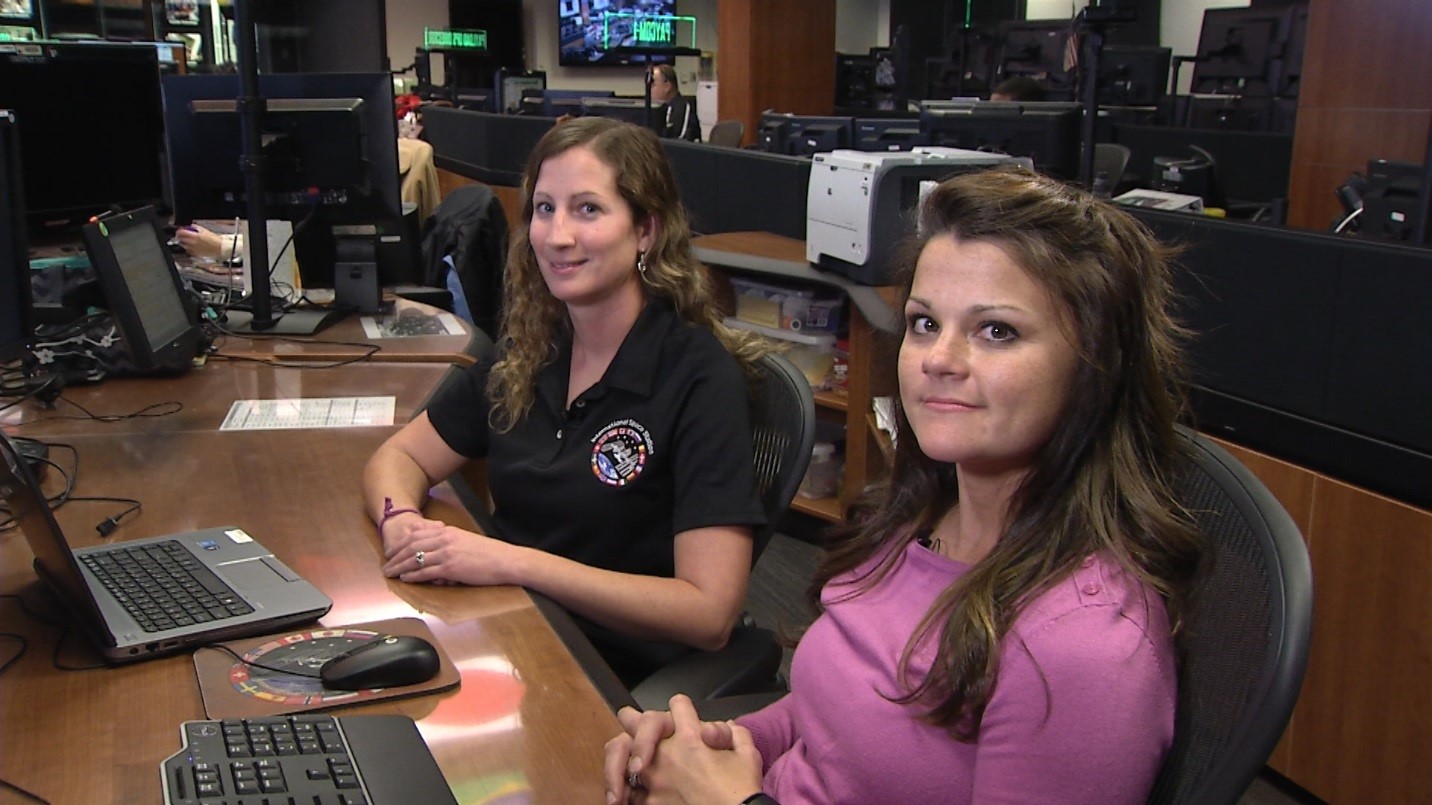
The team manages a database where each piece of equipment is kept and tracked by a barcode system much like those used in a grocery store. This database stores information such as the date, time and last person to use it.
“When an astronaut is looking for a piece of equipment and can’t find it, we go to our database,” said Allison Quesenbery, a member of the stowage team. “Every item is in there. Every time an item moves, we change it in the database, so we can help them locate it. The database is invaluable.”
The team plans every move of every piece of payload equipment for the crew, from unpacking cargo to consolidating related items to putting things back in its place, all with the item’s next use in mind, including trash disposal.
There are 12 members on the stowage team, but they can always use more help. All you need, according to them, is attention to detail. There’s even a trash expert.
“Trashing is the hardest thing,” said Keri Baugher of the stowage team. “You’d be surprised at all the paperwork that goes into throwing something away. We not only have to track when new things arrive, we also have to track when and where they are disposed of.”
When it comes to misplacing things, astronauts are no different, except that it’s even easier to lose things because they can put something down for one minute while performing an experiment and turn around and find it has moved.
“We don’t fault them for misplacing things,” said Quesenbery. “They have a lot going on up there, so we are here on the ground to help. With so many items and so many stowage locations, it’s nearly impossible for them to keep track of things all the time.”
Quesenbery and Baugher agree the job is at times stressful, but it’s also a fun challenge, a bit like a scavenger hunt.
“Sometimes we’ll be watching live video from the station and just see something float by the camera. We then have to quickly get word to them that the item they’ve been searching for or we’ve been trying to locate just passed by,” said Baugher.
Some things can take days or weeks to find. There’s even a “lost in space” database, and the occasional “Wanted” poster, asking the crew to keep an eye out for important items that have floated away.
While it’s a given the item hasn’t left the confines of the orbiting laboratory, it’s impossible to pop down to the hardware store to pick up a replacement.
Meggs, an ASRC Federal/Analytical Services employee, supports the Office of Communications.
Marshall Deputy Director Jody Singer Encourages Next Generation to ‘Dream Big’
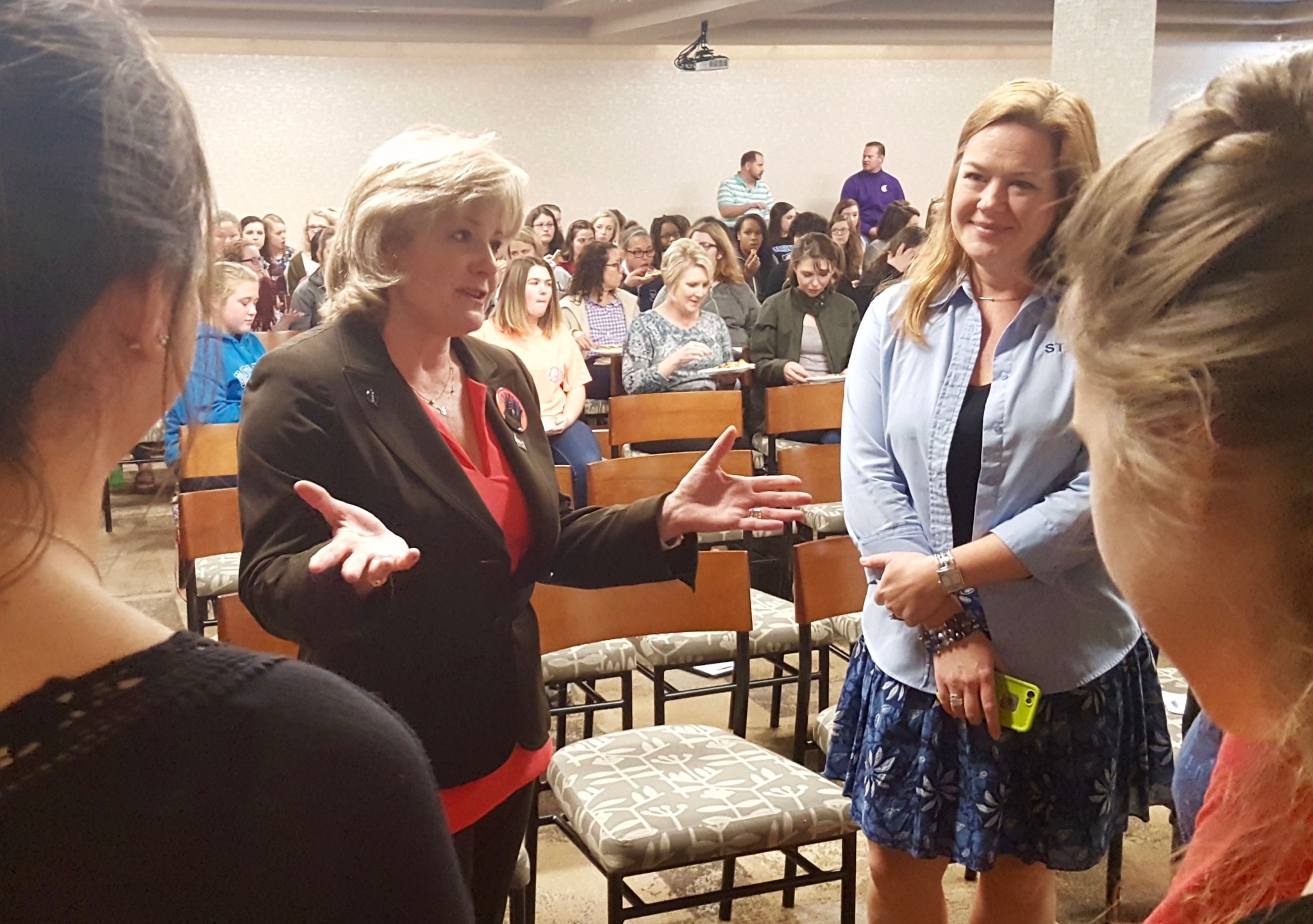
As part of National Engineers Week, NASA Marshall Space Flight Center Deputy Director Jody Singer spoke to an audience of engineers at the Chattanooga Engineers Week Awards Banquet on Feb. 22. The next day, she visited Chattanooga State University and encouraged a gathering of 120 high school girls from grades 8-12 to “dream big” and to follow their dreams to careers in the STEM fields of science, technology, engineering and math. Singer shared with both groups — and in a guest column for the Chattanooga Times Free Press — how NASA and Marshall are turning the dream of the Journey to Mars into reality, and how important the next generations will be to the future of engineering, exploration and the nation. (NASA/MSFC/Kristyna Selph)
Marshall Small Business Alliance Meeting Attracts Hundreds for Updates on Programs, Opportunities

NASA Marshall Space Flight Center’s Small Business Alliance Meeting was held at the U.S. Space and Rocket Center’s Davidson Center on Feb. 23, attracting more than 500 representatives of companies from across the nation interested in learning more about NASA procurement, subcontracting and mentor protégé opportunities. Speakers from NASA and Marshall presented updates on activities and missions, and attendees networked and learned about programs from exhibitors set up beneath the giant Saturn V rocket. (NASA/MSFC/Emmett Given)
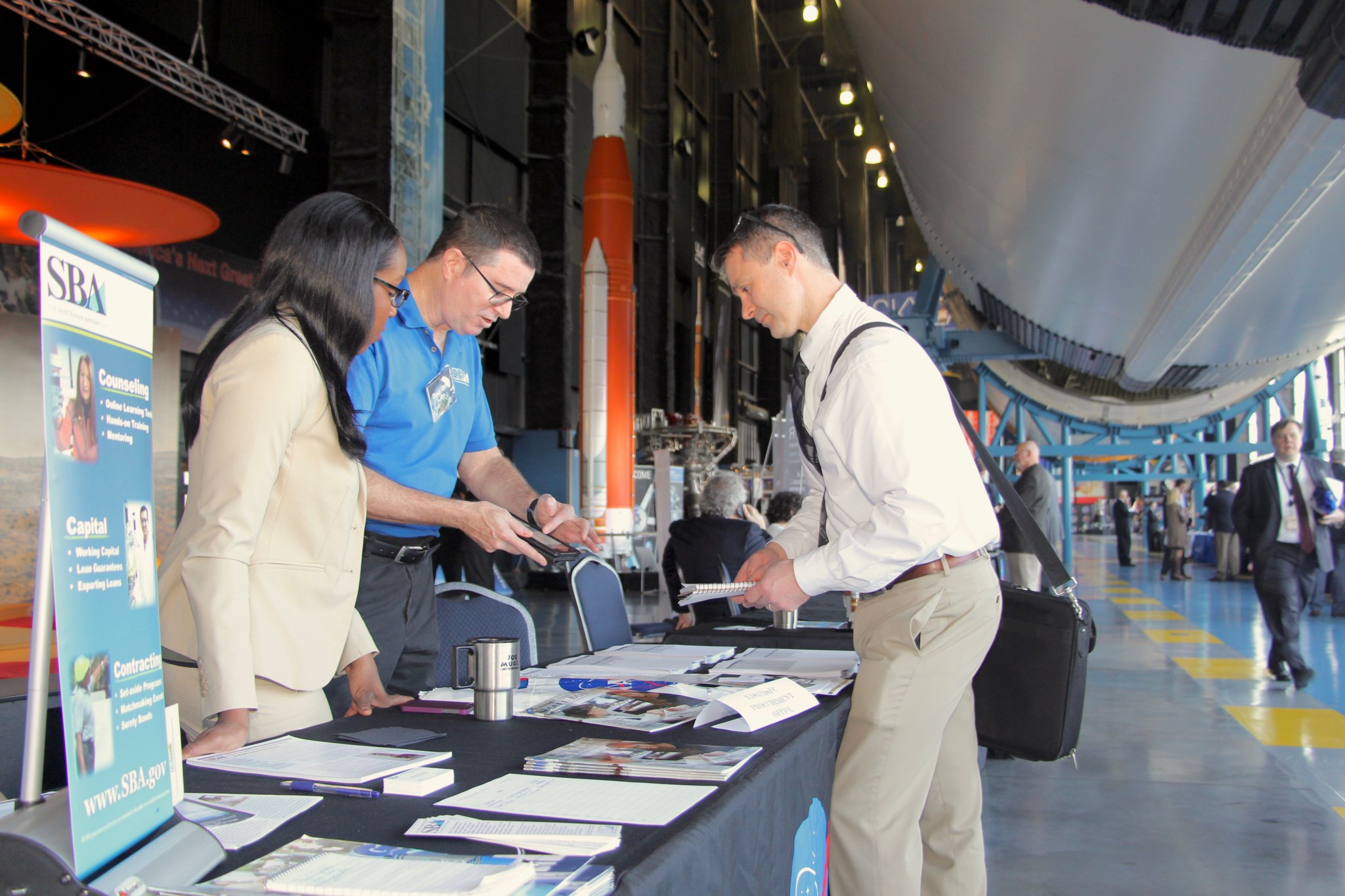
Brad Duquette, right, a “small business evangelist” with Avatar Computing in Worcester, Massachusetts, learns about Marshall mentor-protégé programs for businesses from Douglas Gerard, a Small Business Administration procurement center representative at Marshall, and Jawanda Jones, an SBA specialist from Birmingham. (NASA/MSFC/Kenneth Kesner)
Marshall Spotlights Partnership Programs with Historically Black Colleges, Minority Serving Institutions
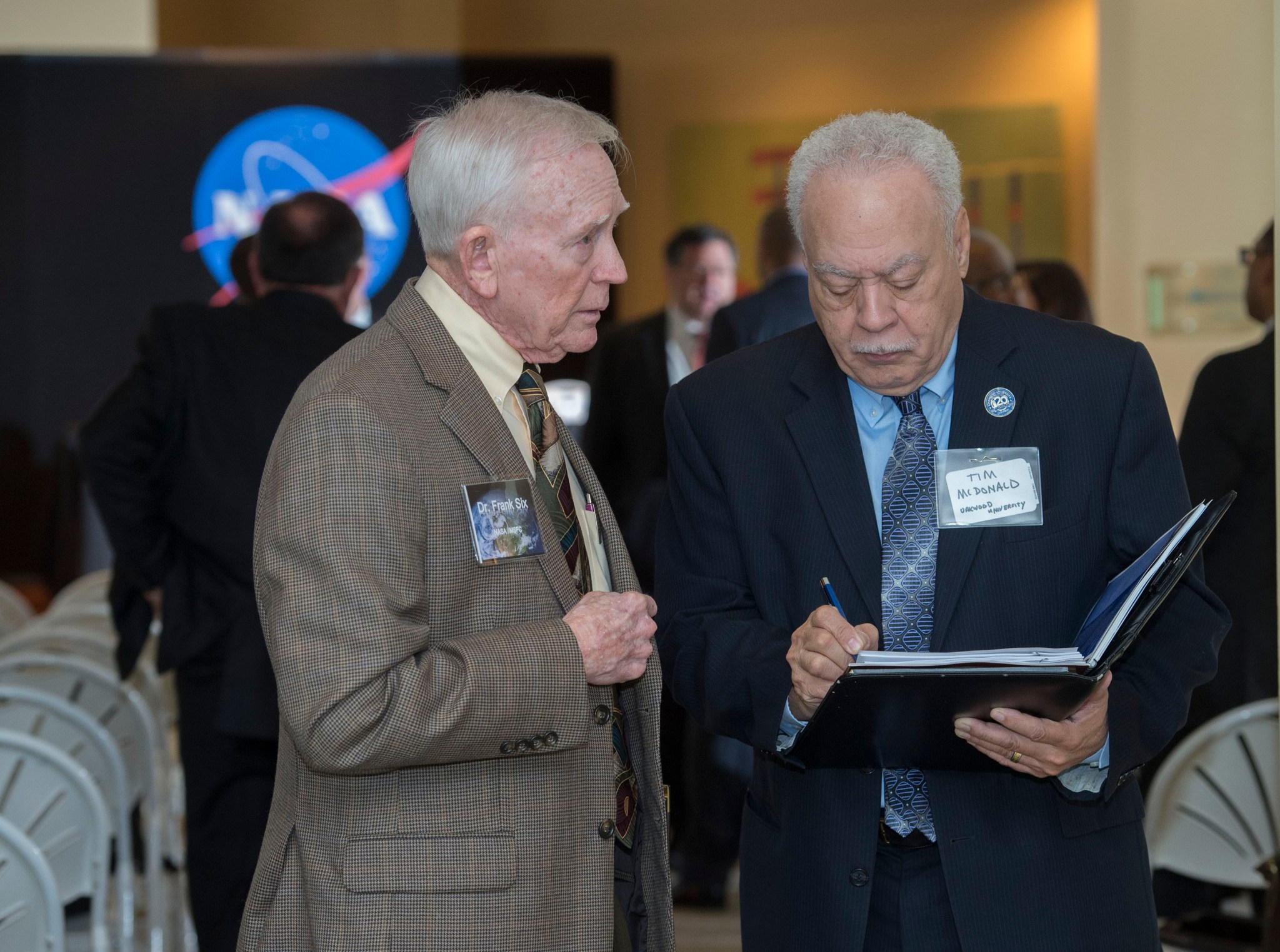
Frank Six, left, NASA Marshall Space Flight Center’s university affairs officer, talks with Tim McDonald, former provost and senior vice president of Oakwood University in Huntsville, during Marshall’s third annual Historically Black Colleges and Universities/Minority Serving Institutions Partnerships Meeting Feb. 22 at the Huntsville Museum of Art. This year’s event featured representatives from NASA, area governments, companies and about 20 colleges. (NASA/MSFC/Emmett Given)
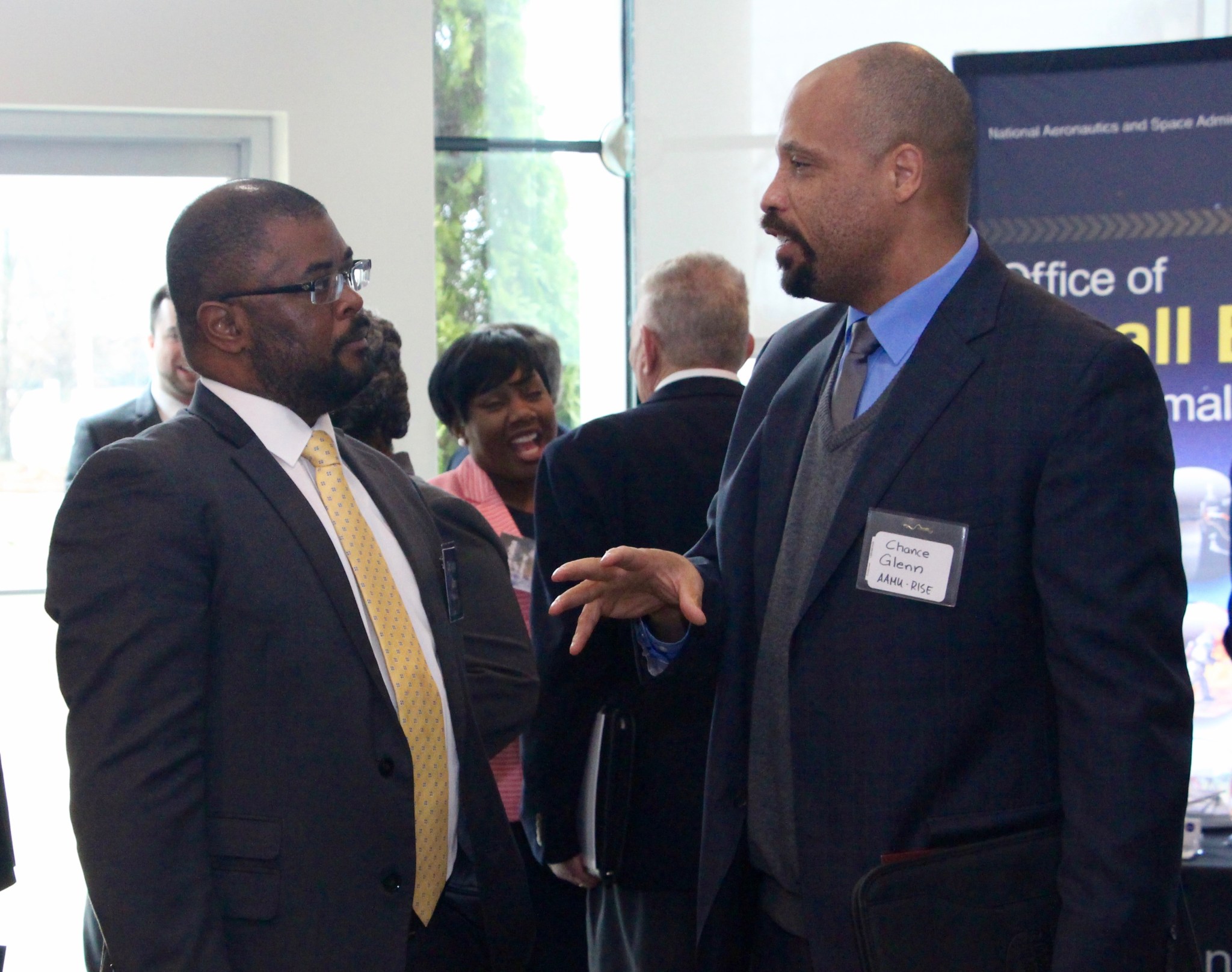
Joseph Grant, left, deputy program executive in NASA’s Space Technology Mission Directorate, talks with Chance Glenn of the Research, Innovation, Science and Engineering Foundation at Alabama A&M University in Normal, during the Historically Black Colleges and Universities/Minority Serving Institutions Partnerships Meeting. Tabisa Kalisa, program manager for NASA’s Office of Small Business Programs, also spoke at the meeting, highlighting the importance of partnerships with historically black colleges and the critical role small businesses play in the success of NASA’s missions. (NASA/MSFC/Kenneth Kesner)
Marshall Introduces First Electric Vehicle Charging
By Brian C. Massey
NASA’s Marshall Space Flight Center recently introduced its first electric vehicle charging station, located in the parking lot of the Center Operations Building, Building 4260, serving the Marshall vehicle fleet’s first plug-in hybrid electric vehicles.
The charging station and new, low-emission vehicles are part of a pilot program designed to reduce greenhouse gas emissions in response to government-wide efforts aimed at reducing petroleum consumption by 20 percent and greenhouse gas emissions by 30 percent by 2025.
Marshall’s vehicle fleet, managed by the Logistics Services Office in Marshall’s Office of Center Operations, consists of 125 vehicles that until recently have been powered by gasoline, diesel and E85 flex fuel. Marshall’s transportation team recently introduced four low-emission vehicles to the fleet, including two hybrid vehicles,primarily powered by gasoline with an electric assist, and two new plug-in hybrid electric vehicles, primarily powered by an electric motor with a gasoline assist.
Roy Malone, Marshall’s sustainability officer and director of the Office of Center Operations, applauds the transportation team’s proactive approach in incorporating the vehicles into the fleet. “The team is going the extra mile to ensure that we reduce the center’s emissions, while implementing the program strategically,” he said.
As the program advances, the transportation team will add more low-emission vehicles. Vehicles in Marshall’s fleet, which are used for TDY and local transportation, are leased and replenished yearly in coordination with the General Services Administration in Washington. The 2017 additions have already been ordered, and include two fully electric vehicles.
“Our target is to have 20 percent of all passenger vehicle acquisitions to be zero emissions no later than end of 2020,” said Marshall Transportation Specialist David Norris. “With a goal of 50 percent by 2025,” he added. “To support this goal, we will need to add additional charging stations in the future.”
The Center Operations Building, which houses the Logistics Services Office, was chosen as the site of the first charging station to give decision makers immediate feedback on the plug-in hybrid electric vehicles, which has been overwhelmingly positive to date, according to Farley Davis, manager of the office.
Building 4260, Marshall’s eighth “green facility” with the U.S. Green Building Council’s Leadership in Energy and Environmental Design certification, also features state-of-the-art heating, ventilation and air conditioning; water-saving plumbing fixtures; and a retention pond to assist in storm water quality control.
For more information about Marshall’s vehicle fleet, click here.
For more information about the federal sustainability executive order, click here.
Massey, an ASRC Federal/Analytical Services employee and the Marshall Star editor, supports the Office of Strategic Analysis & Communications.
This Week in NASA History: Fourth Hubble Servicing Mission Launches — March 1, 2002

This week in 2002, space shuttle Columbia and STS-109 launched from NASA’s Kennedy Space Center to begin the fourth Hubble Space Telescope servicing mission. Here Hubble is berthed in Columbia’s cargo bay, silhouetted against the airglow of Earth’s horizon. During this mission, astronauts replaced Hubble’s solar panels and installed the Advanced Camera for Surveys, which took the place of Hubble’s Faint Object Camera, the telescope’s last original instrument. NASA’s Marshall Space Flight Center has been involved in development of many of the agency’s optical instruments. Notably, Marshall played a significant role in NASA’s Great Observatories, managing the development of Hubble and the Chandra X-ray Observatory, and the Burst and Transient Source Experiment for the Compton Gamma Ray Observatory. Marshall also manages Chandra’s flight, current operations and guest science observer program and has played a significant role in the testing of Hubble’s successor, the James Webb Space Telescope. Scheduled to launch in October 2018, the Webb telescope will observe the most distant objects in the universe, provide images of the first galaxies formed and see unexplored planets around distant stars. The NASA History Program is responsible for generating, disseminating, and preserving NASA’s remarkable history and providing a comprehensive understanding of the institutional, cultural, social, political, economic, technological, and scientific aspects of NASA’s activities in aeronautics and space. For more pictures like this one and to connect to NASA’s history, visit the Marshall History Program’s webpage. (NASA)
SLS Testing Featured on ‘This Week @NASA’
The testing of an RS-25 rocket engine and Integrated Structural Testing for NASA’s Space Launch System are featured in the latest edition of “This Week @NASA,” a weekly video program broadcast nationwide on NASA-TV and posted online.
NASA engineers conducted the first RS-25 engine test of 2017 on Feb. 22 at NASA’s Stennis Space Center. Four RS-25 engines, together with a pair of solid rocket boosters, will power SLS during launch on missions to deep space. The 380-second test enabled engineers to evaluate the development engine’s performance under various operating conditions required for an SLS mission.
Also on Feb. 22, Integrated Structural Testing began at NASA’s Marshall Space Flight Center with test articles of SLS’s Launch Vehicle Stage Adapter, Orion Stage Adapter and Interim Cryogenic Propulsion Stage. The hardware is undergoing testing to ensure it can handle the stresses of a launch. The series of tests is expected to continue through early May.
Marshall manages the SLS Program for NASA. SLS will be the most powerful rocket ever built and will enable deep-space human missions, including the Journey to Mars.
View this and previous episodes at “This Week @NASA” on NASA’s YouTube page.
Obituaries
Fletcher L. Folks, 91, of Huntsville, died July 6, 2016. He retired from the Marshall Center in 1988 as an aerospace engineer. He is survived by his wife, Mildred H. Folks.
William A. Swords, 80, of Baldwin, Mississippi, died Feb. 22. He retired from the Marshall Center in 1994 as an aerospace engineer. He is survived by his wife, Mary Vandiver Swords.
Jerry J. Baldwin, 72, of Huntsville, died Feb. 23. He retired from the Marshall Center in 2010 as an aerospace engineer. He is survived by his wife, Gwendolyn Baldwin.















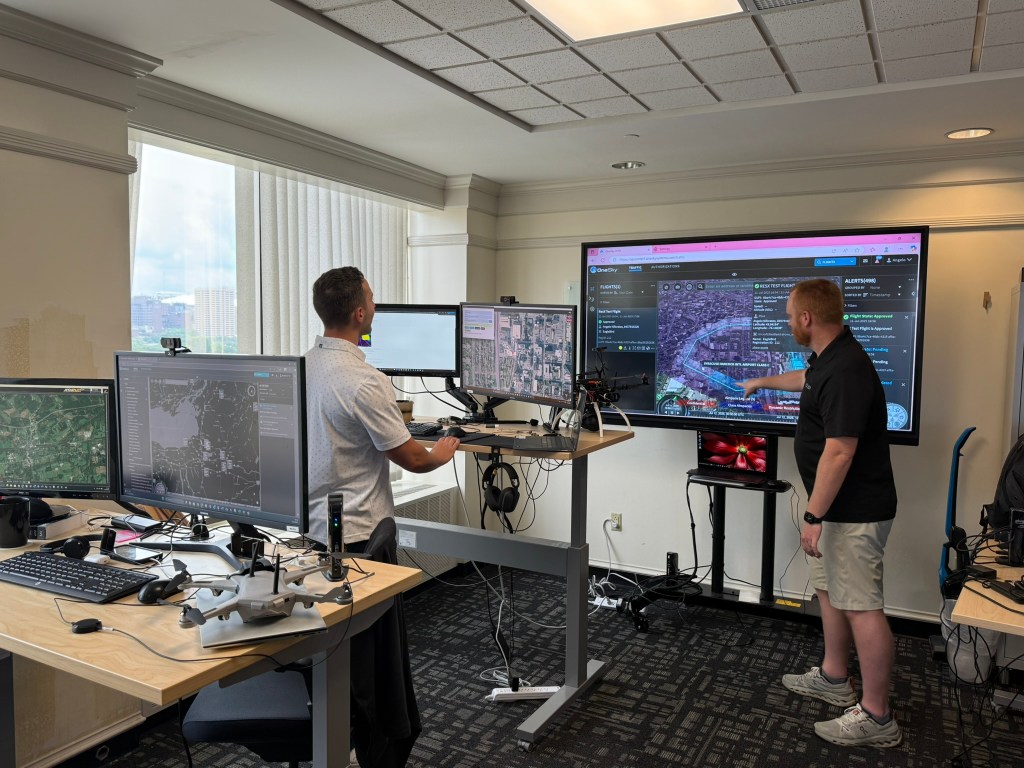



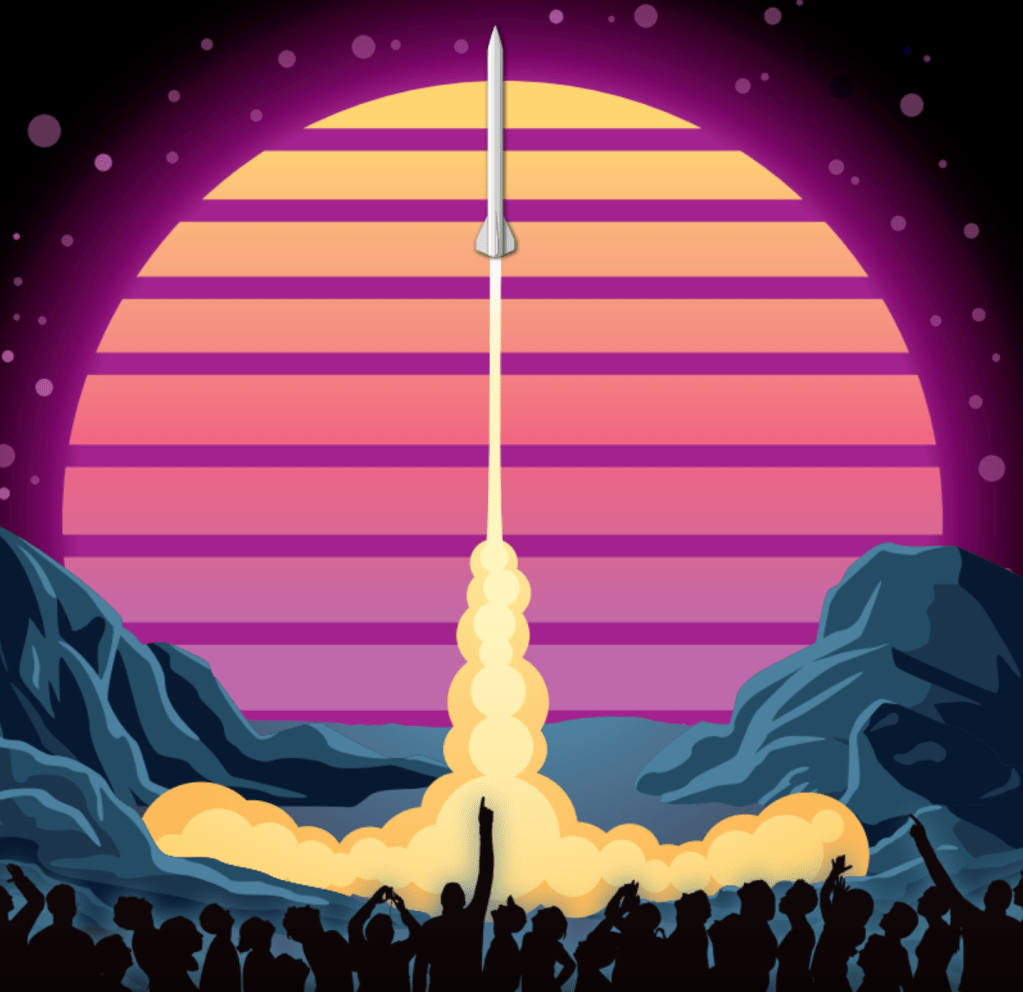

-Carolyn_Y._Ng.jpeg?w=1024)
